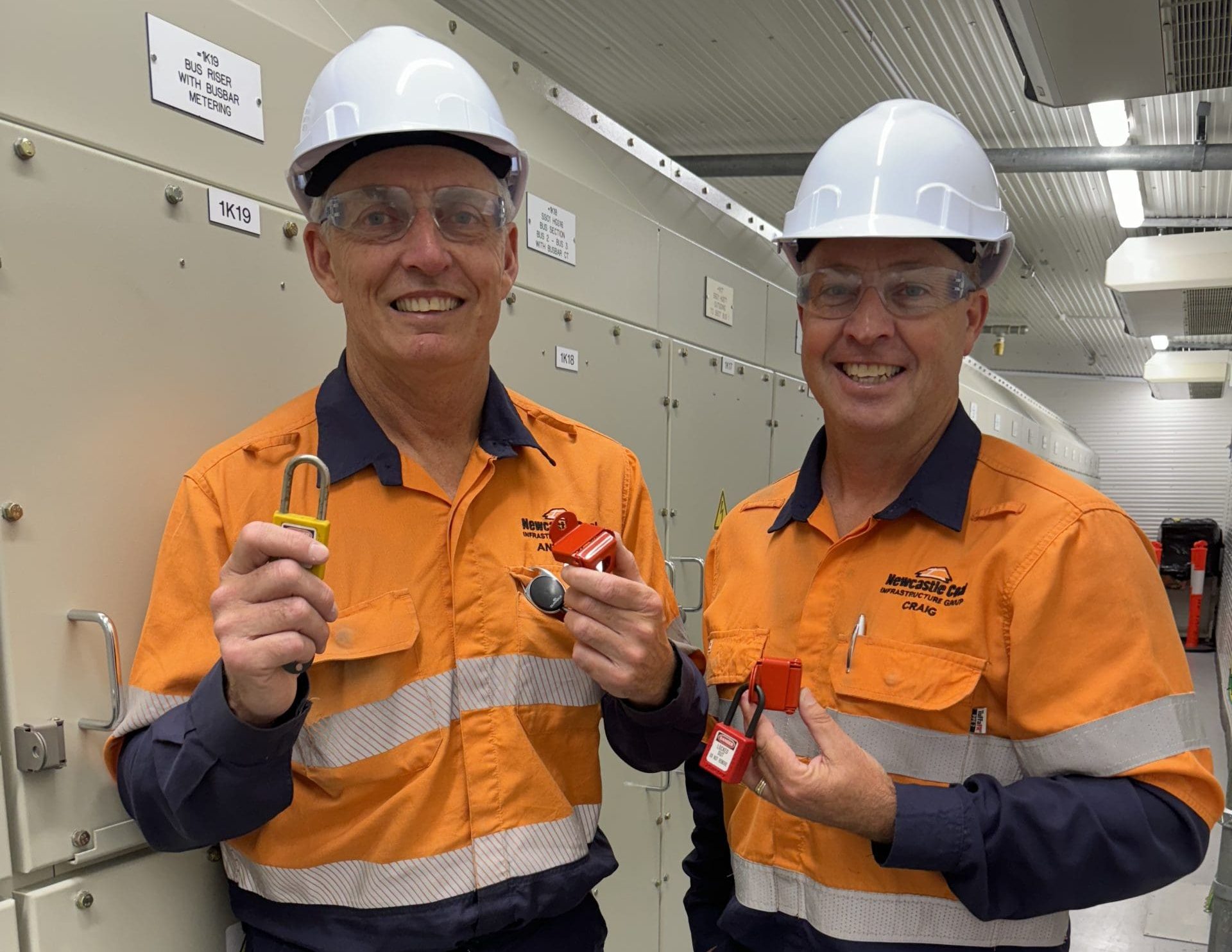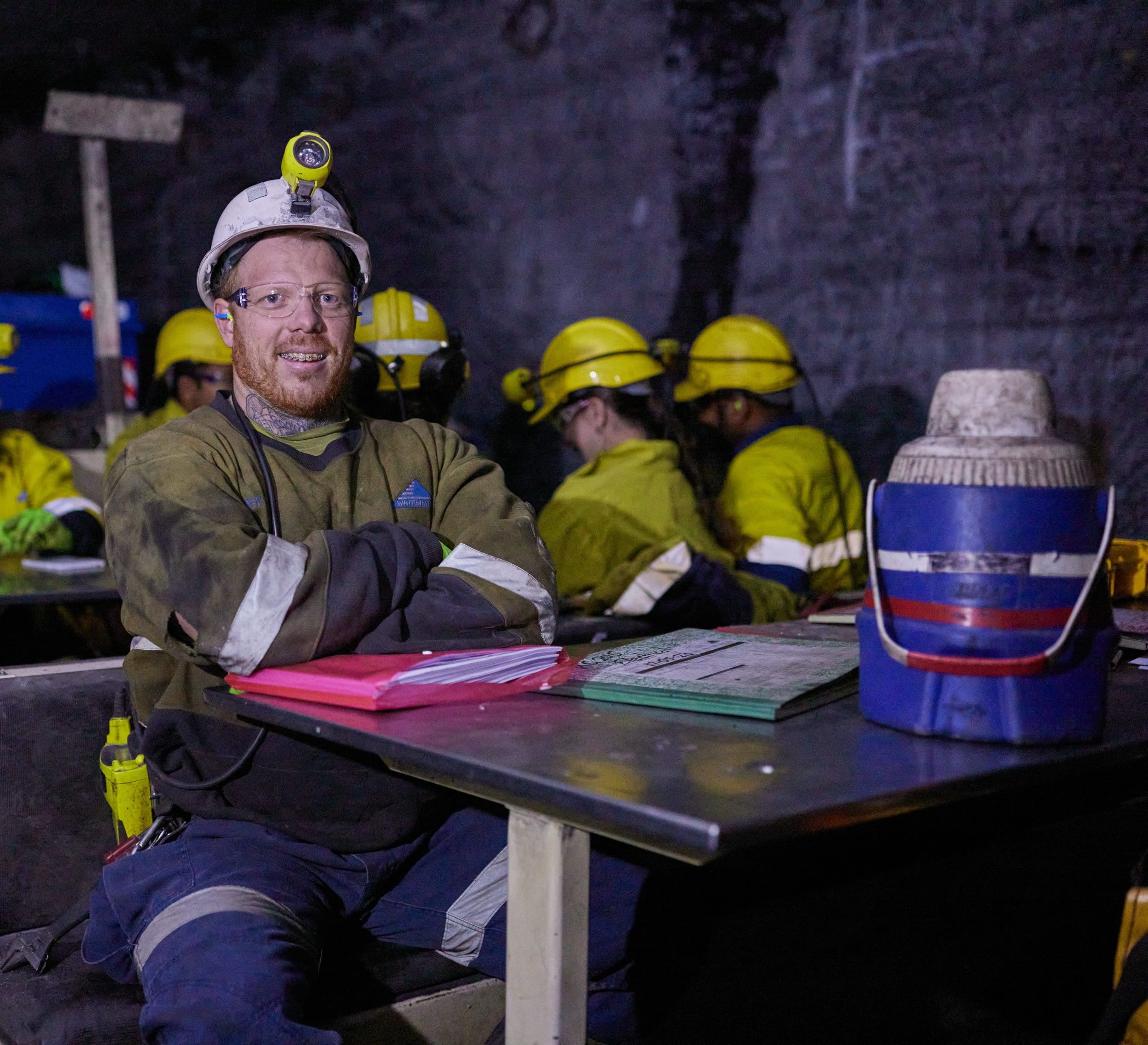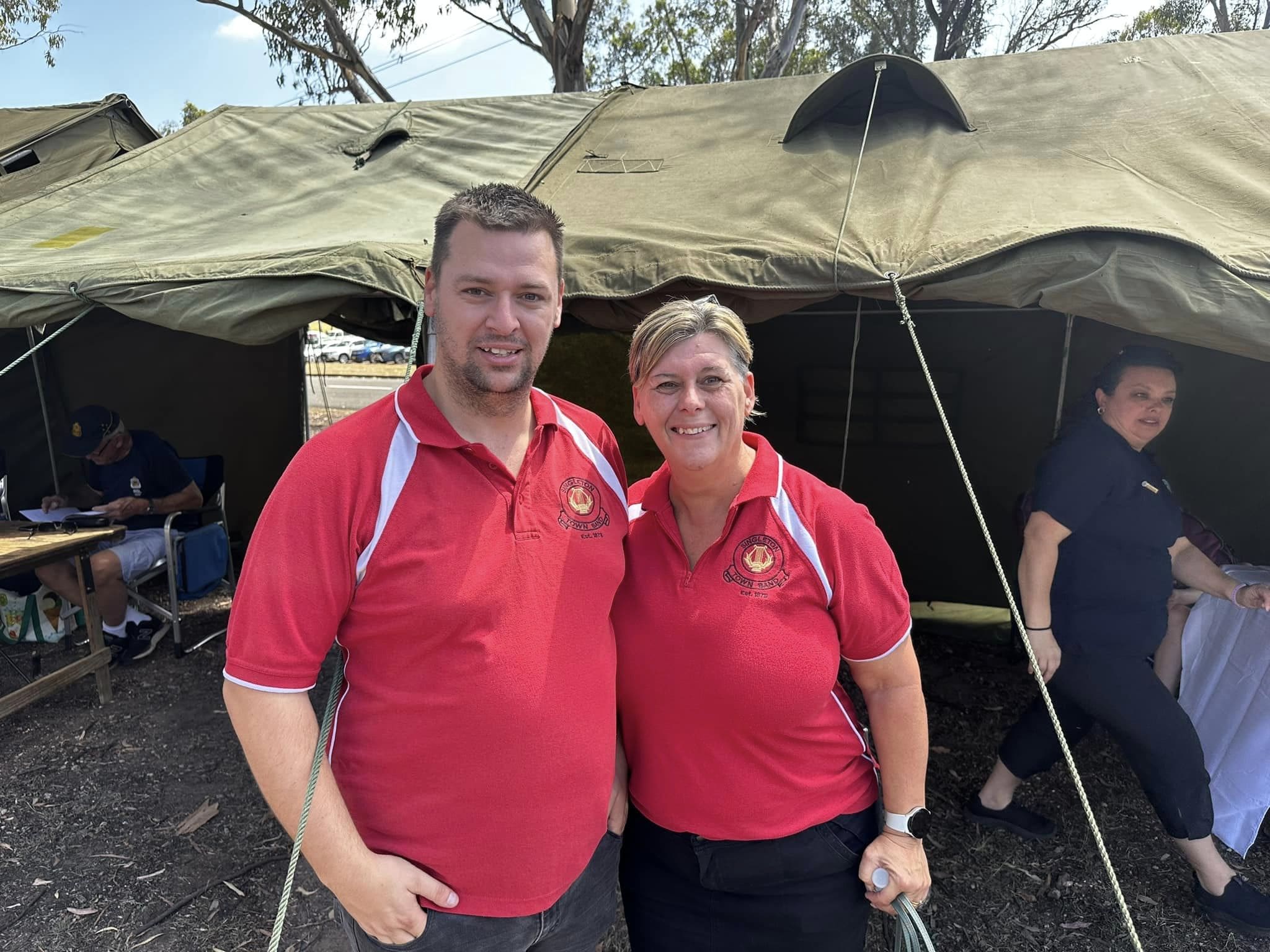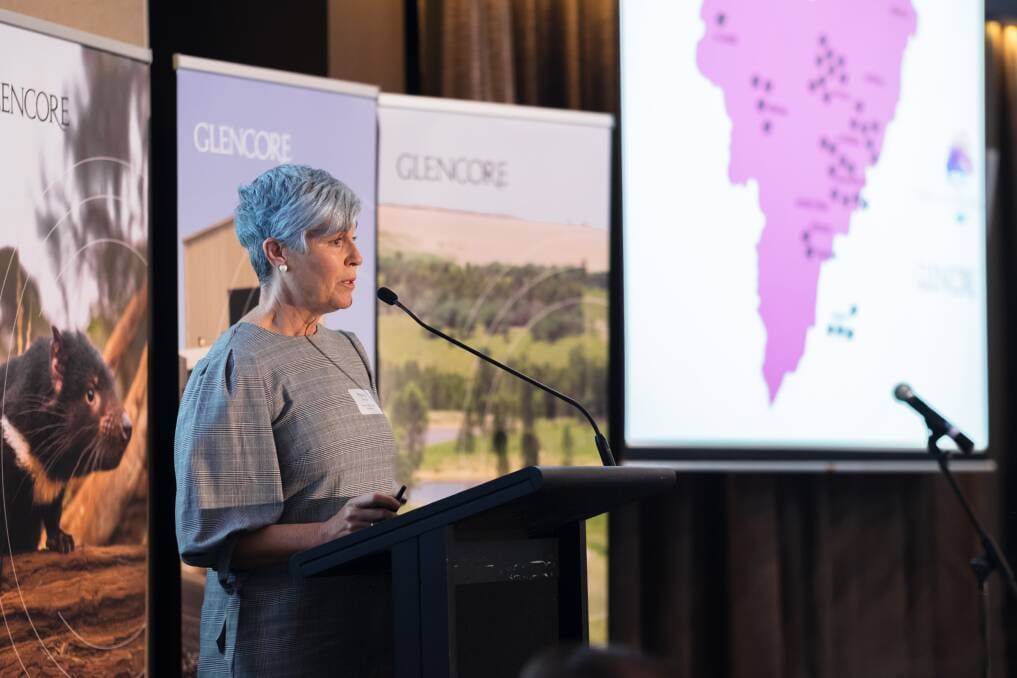Anthony Richards and Craig Beckett are electricians at Newcastle Coal Infrastructure Group (NCIG) who have created a simple yet effective product to keep people safe when working on high voltage cubicles.
Anthony started his electrical apprentice at BHP’s Newcastle Steelworks and worked there until its closure. After a few years at both One Steel and Port Waratah Coal Services he moved to NCIG twelve years ago where he is the Electrical Supervisor.
Similarly, Craig started his electrical apprenticeship at Alcan in Kurri Kurri straight out of school. He spent a few years working in the mines with stints at both Ashton and HVO before taking up his current role at NCIG. He’s been on the NCIG team for the last seven years.
Between them, Anthony and Craig have more than seventy years of experience working as electricians in heavy industry. So, if anyone knows how to keep electricians safe it’s these two.
“This all started a few years ago when there was an incident on a coal mine in Queensland when an electrician accessed a high voltage terminal that was still alive. He should have been at the cubicle next to it but he accidentally went to the wrong one and tragically he died,” said Anthony.
“It’s always a bit of shock when you see something like that in the news. Craig and I talked about it, coming up with ideas about how we could prevent anything like that from ever happening at our workplace.”
The fatality in Queensland is not an outlier and there have been many incidents over the years that have resulted in death or injury due to people coming into contact with un-isolated live electrical apparatus.
“The only thing that is used to prevent these types of incidents is tape. It can fall down, or the wrong thing can be taped, it’s really not a sufficient barrier or a proper lockout,” said Craig.
“We decided there had to be a more permanent solution to prevent unauthorised access, either by accident or on purpose, and so we came up with something that we could incorporate as part of our isolation that would completely nullify the risk.”
Craig and Anthony’s solution is so simple and so effective that it is almost unbelievable that is not already in use and a mandatory requirement for any high voltage areas.
It’s a bolt.
A bolt that can be quickly and easily attached to any type of high voltage cubicle to protect people from dangerous electrical exposure.
The pair approached NCIG with their idea and the company immediately saw the benefit of adopting the bolts on site and shortly after they were installed on all the high voltage cubicles. Once the bolts were in use Craig and Anthony didn’t think any more of it, content that they had ensured their workmates would be safe.
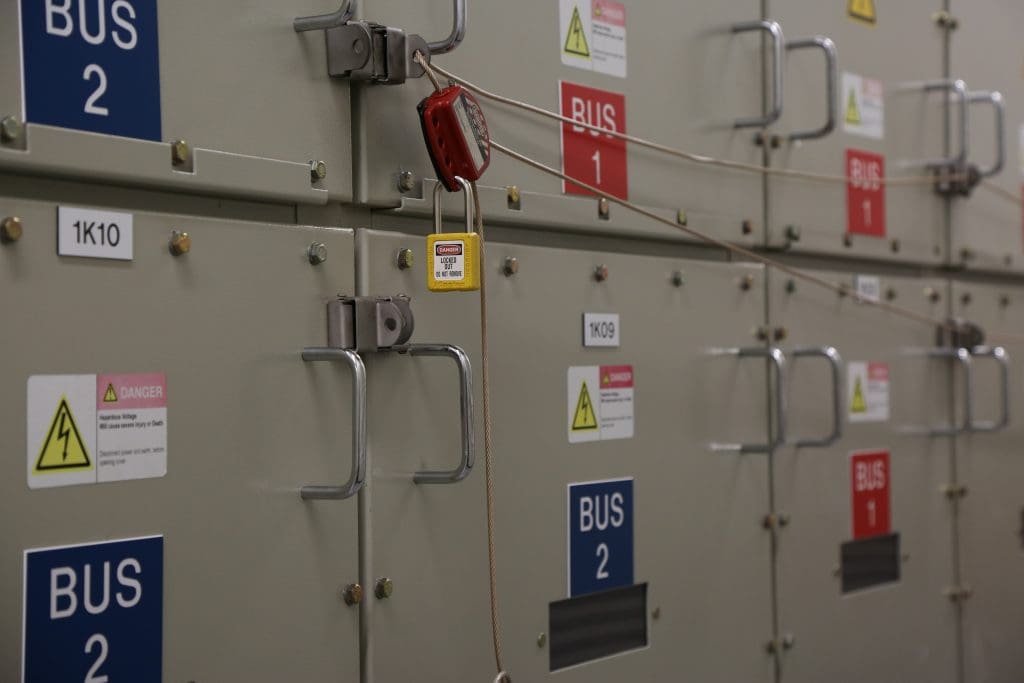
“Then about six months ago another incident occurred in Queensland where a guy accidentally opened an un-isolated cubicle,” said Anthony.
“Fortunately he survived, but it made us realise we had the means to prevent this from happening to anyone, anywhere.
“It actually made us feel guilty that we could have stopped it from happening.
“Then at the same time I had an electrical engineer from the Port of Newcastle here on site who happened to see our bolts as he was walking past. He said, ‘what a great idea, where can I get them from, who sells them?’.
“That was when we decided to start a company so we could share them with everyone.”
Anthong and Craig established CBAR Industrial Solutions to sell one product. The Lock-A-Bolt. Made from 304 grade stainless steel, the Lock-A-Bolt has the option of either a 12mm slotted bolt hole or 10mm safety lock hole, as well as available as a cabinet lock. It conveniently fits over existing bolts, screws and cabinet locks, making it quick and easy to install.
“We created it with high voltage panels in mind, but it can be used on anything, IT cabinets, circuit breakers, hydraulic cubicles, anything that has a bolt or screw keeping the door closed,” said Anthony.
While brand new, the Lock-A-Bolt has already been adopted on high voltage cubicles at the Port of Newcastle and a coal mine in Muswellbrook and we bet it won’t be long before they become the standard in any high voltage area, regardless of the industry.
“When we saw the incident years ago, we both thought, ‘what if that happened to one of our team?’. So we implemented them here at site and knew we would be safe,” said Craig.
“Our goal now is to stop anyone else ever being injured or killed.”

